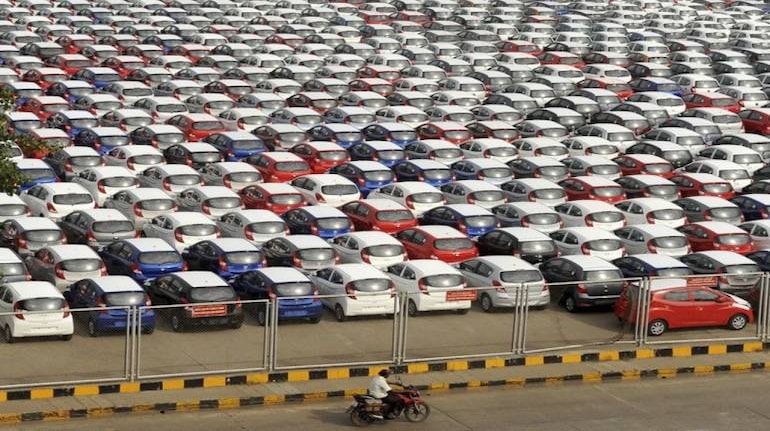



The Economic Survey 2023 has affirmed that the automotive industry will play a critical role in India's transition to green energy.
Tabled by Finance Minister Nirmala Sitharaman in Parliament on January 31, the Economic Survey projects that the domestic electric vehicles (EV) market is expected to average a compound annual growth rate (CAGR) of 49 percent between 2022 and 2030 and is expected to hit 1 crore units in this period.
The Survey affirmed that the EV industry will create 5 crore direct and indirect jobs by 2030 and to support and nurture this development, the government has undertaken multiple steps.
It hailed the Battery Waste Management Rules, 2022, which was published on August 24, 2022, to ensure environmentally sound management of waste batteries. "Notifying these rules is a transformative step towards promoting the circular economy.”
It said new rules will replace the Batteries (Management and Handling) Rules, 2001 and cover all types of batteries, including electric vehicle batteries, portable batteries, automotive batteries, and industrial batteries.
The Survey went on to state that the manufacturing output of certain industries was hit by inventory build-up as well as by uneven growth. It cited the example of the automobile sector (including EVs) doing exceptionally well (due to domestic market) and the textile sector remaining underwhelming (export-dependent).
The automobile sector is a key driver of India’s economic growth. Its importance is gauged by the fact that it contributes 7.1 percent to the overall GDP and 49 percent to the manufacturing GDP, while generating direct and indirect employment of 3.7 crore at the end of 2021, it pointed out.
“Although domestic consumption rebounded in many economies, the rebound in India was impressive for its scale. It contributed to a rise in domestic capacity utilisation,” as mentioned in the recently tabled in the Survey.
However, the Survey also stated that despite the upbeat outlook, the automotive industry faces certain challenges. It believes that higher borrowing costs and tempering global demand are expected to be near-term hurdles.
“Among structural issues, the increase in long-term, third-party vehicle insurance premium has increased the total upfront insurance cost by about 10-11 percent, especially for two-wheelers. Therefore, the two-wheeler segment is the most affected and witnessed the lowest sales in the last 10 years. Addressing these challenges will boost the automobile industry,” it said.
The government's ‘Make in India 2.0’ mission is now focussed on 27 sectors, which include 15 manufacturing sectors and 12 service sectors, and automobile is one of them. Among these, 24 sub-sectors such as auto component industry, have been chosen because of its strength and competitive edge, the need for import substitution, the potential for export and increased employability.
“Efforts are on to boost the growth of the sub-sectors in a holistic and coordinated manner,” the Survey said.
Discover the latest Business News, Sensex, and Nifty updates. Obtain Personal Finance insights, tax queries, and expert opinions on Moneycontrol or download the Moneycontrol App to stay updated!